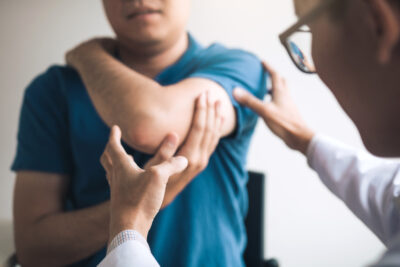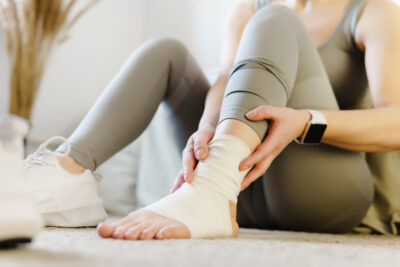Parkour Encore

Parkour comes from the French word “parcours,” meaning the “way through” or “the path.” Parkour originated as a discipline in the French Special Forces military obstacle training. Traceurs (male participants) and traceuses (female participants) move from one place to another without equipment in the fastest, most efficient way possible, negotiating obstacles by running, jumping and climbing, typically in an urban setting. The sport offers a way to look at life as though there is no obstacle that cannot be overcome. The U.S. Consumer Product Safety Commission’s National Electronic Injury Surveillance System used ER data to examine parkour-related injuries for seven years. The landing was the most frequently recorded cause of injuries, followed by falling and impact with an obstacle. Common diagnoses included sprains/strains, abrasions/contusions/tears, and fractures. More than half of the reported injuries affected the extremities.
A survey conducted by Dr. Lafe Harris and Ben Musholt, provides some additional parkour injury data:
- The ankle, knee, and foot are the body regions most often injured.
- The majority of recorded injuries are sprains/strains and contusion/bruises.
- A sprain/strain/tear of the ankle, including the Achilles, is the most reported injury.
- The knee is the most bruised/contused body part.
- The foot, wrist, and ankle are the first, second, and third most common regions for fractures.
If a person is a hard-core parkour enthusiast, some safety precautions can help to prevent injury:
- Train indoors or with a group before attempting an urban environment.
- Wear proper shoes with good traction and lightweight, breathable clothing.
- Keep the body in shape and limber with a strength and conditioning program.
- Practice agility exercises to promote balance, such as hopping. American football players train by running obstacle courses.
- Stretch and warm-up before and after every parkour event.
- Learn techniques and proper form from experts in order to safely perform precision jumps, vaults, and rolls.
- Gradually build skills from soft surfaces to concrete, from simple vaults and falls to higher intensity moves.
- Make sure the force is evenly distributed throughout the body and joints are aligned when landing.
- Landing, falling and passing obstacles with grace are acquired skills.
- Always be alert and aware of surroundings. Work on hand-eye coordination.
- Rest a day between intense training sessions.
Dr. Sean Hassinger, a DOC orthopedic surgeon, reconstructed a serious ACL injury for a traceur who was injured while performing a vault. Dr. Hassinger’s surgery was a success and his patient guest is back to vigorous parkour, his pre-injury state of activity. For parkour musculoskeletal injuries, DOC orthopedic surgeons and special-trained PAs are available seven days a week. DOC is the best place to land if a vault, fall or roll results in an injury. DOC provides immediate diagnosis and treatment to enable a traceur or traceuses to return for a parkour encore.
For more information on the cost of care, click here.




